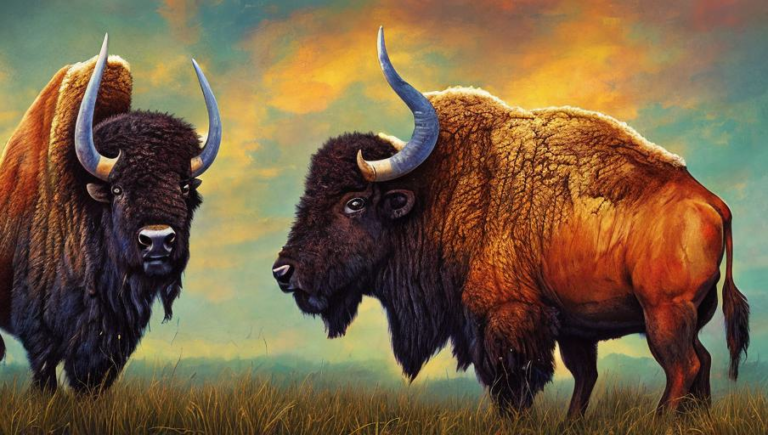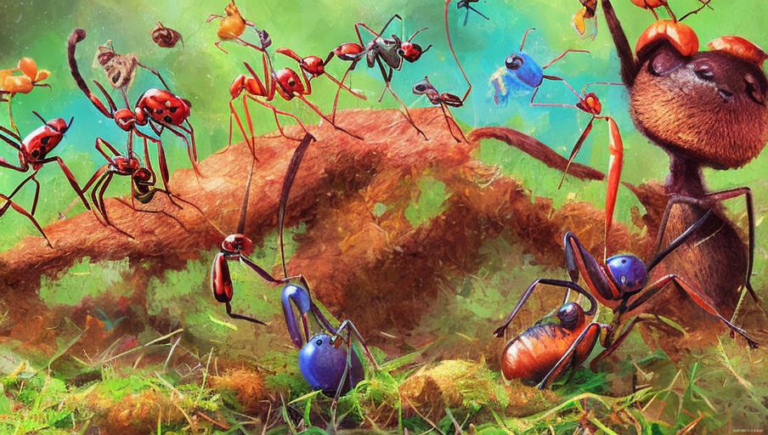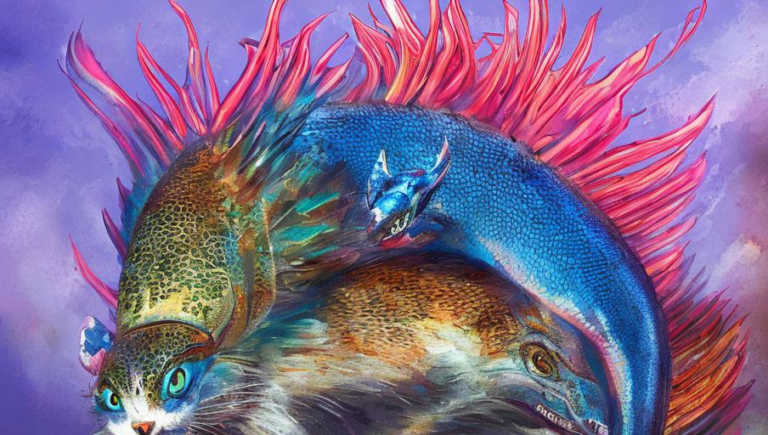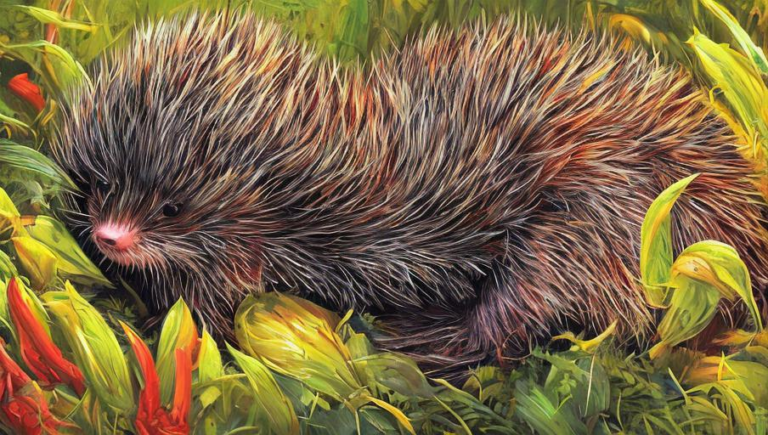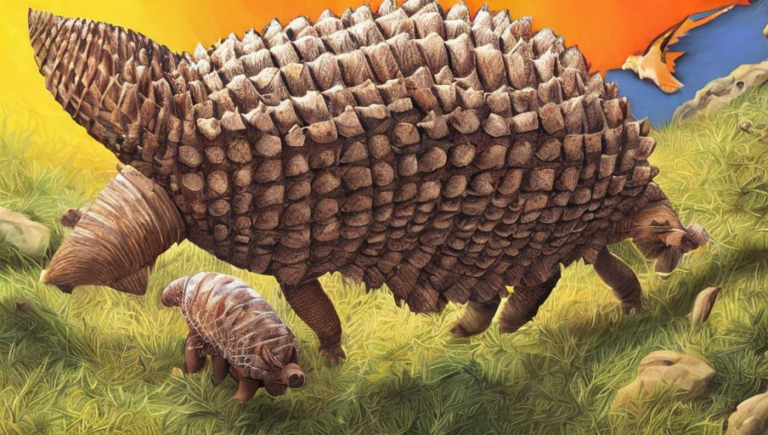Helping to Preserve the Anteater Species
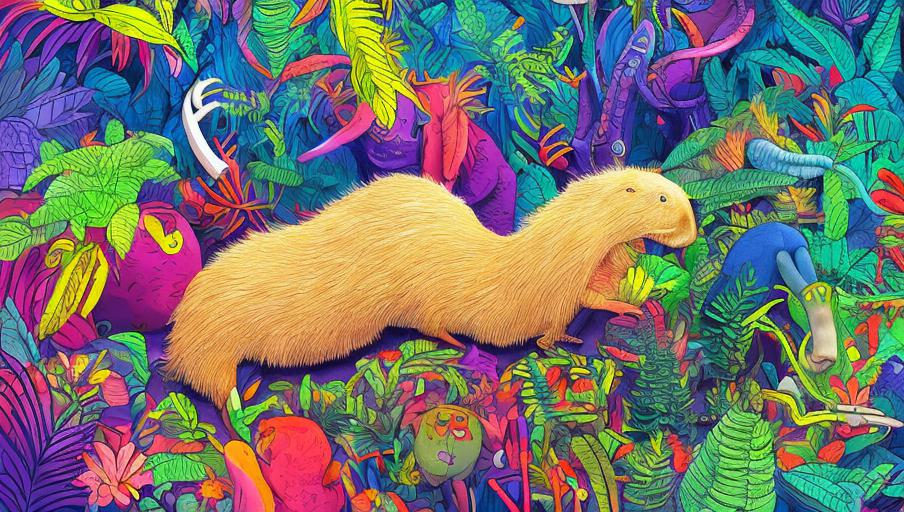
Introduction
The anteater is a fascinating creature that can be found in the forests and savannas of Central and South America. These unique animals are easily recognizable due to their elongated snouts, long tongues, and powerful claws. They are also known for their ability to eat large amounts of ants and termites, which is why they are so important in their ecosystems. However, their populations are threatened by habitat destruction, poaching, and other human activities.
Habitat
Anteaters are found in the tropical and subtropical regions of Central and South America and can inhabit a variety of habitats. In particular, they prefer areas with dense vegetation, such as rainforests, swamps, and scrublands. They can also be found in grasslands and open woodlands. Anteaters are generally solitary creatures, but they can form small groups when searching for food.
Diet
Anteaters are primarily insectivores, meaning they feed mainly on ants and termites. They have powerful claws that they use to break open the nests of these insects and then use their long tongues to lap them up. Anteaters can consume up to 35,000 insects per day and are an important part of their ecosystems, as they help to keep the populations of ants and termites in check.
Threats
Anteaters are facing a number of threats that are putting their populations at risk. Habitat destruction is the primary threat, as the areas in which anteaters live are being cleared for agriculture, logging, and urban development. Poaching is also a problem, as anteaters are hunted for their fur and claws. Additionally, their populations are also threatened by disease, as they can be affected by rabies and other diseases.
Conservation Efforts
Fortunately, there are a number of conservation efforts underway to help protect the anteater species. Many countries have laws in place to protect them, such as laws prohibiting hunting and the destruction of their habitats. Additionally, organizations like the World Wildlife Fund are working to raise awareness of the plight of the anteaters and to promote sustainable development in their habitats.
Conclusion
The anteater is a remarkable creature that is essential to its ecosystems, yet its populations are threatened by human activities. Fortunately, there are a number of conservation efforts underway to help protect this species and to ensure it has a future. It is our responsibility to do our part to help preserve the anteater species and its habitats for future generations.

